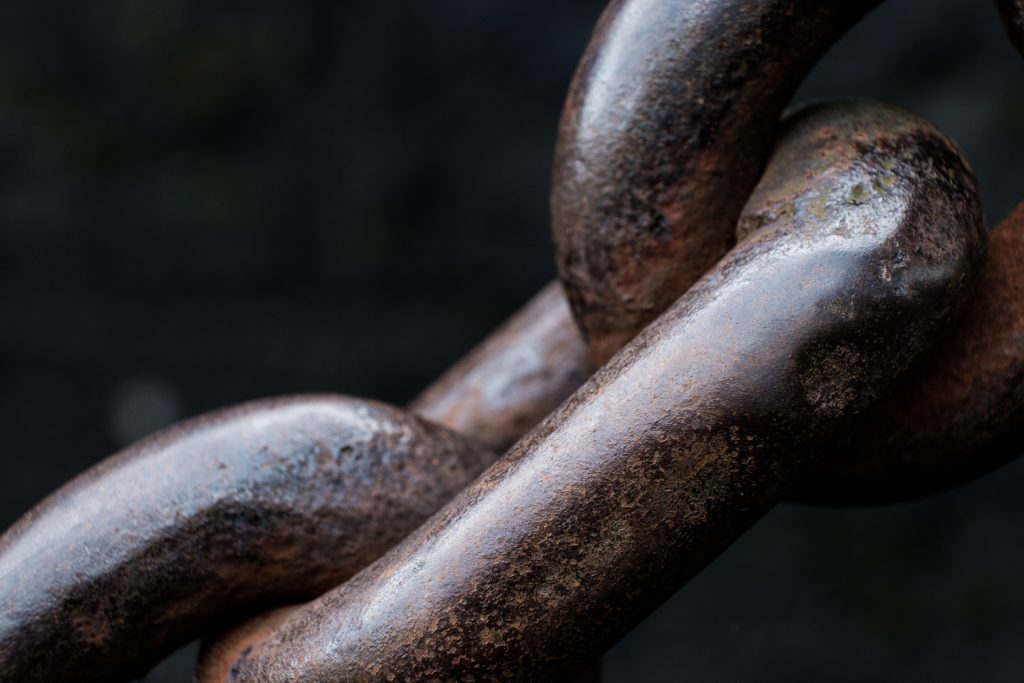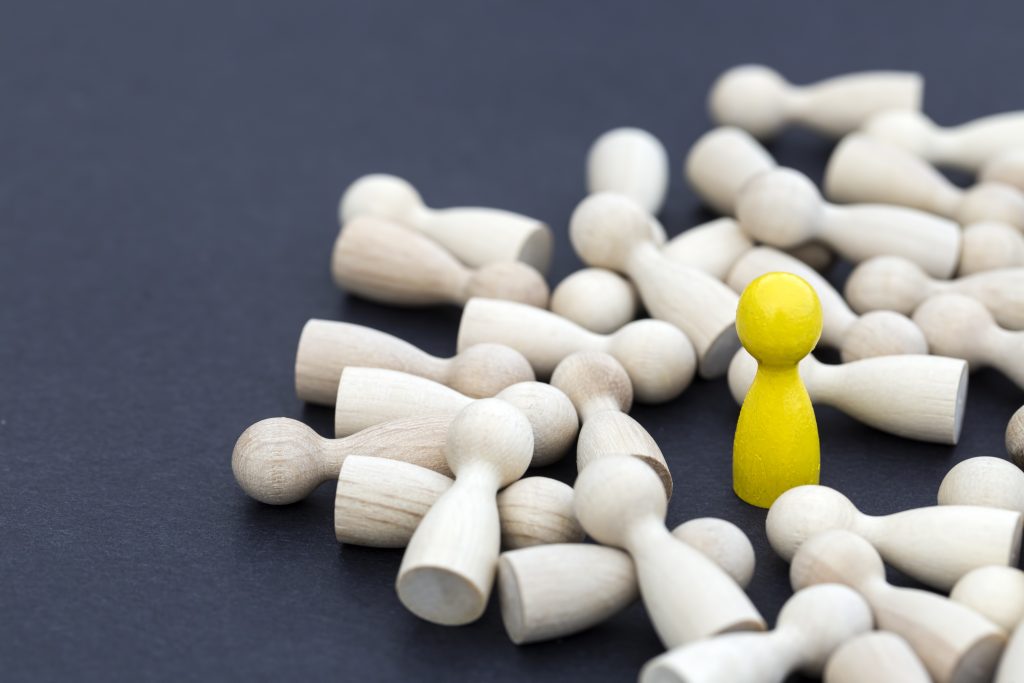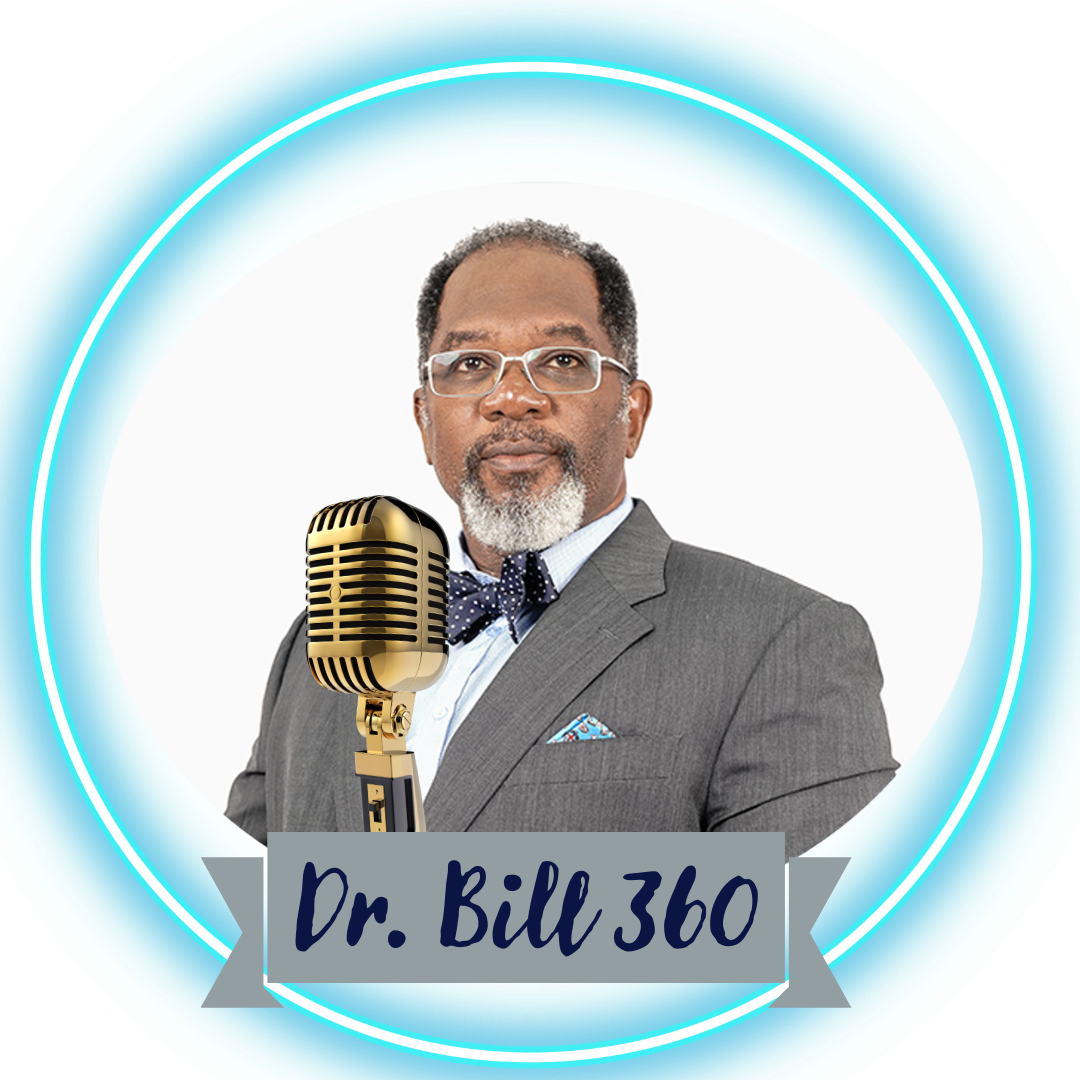How the X-Ray of Capability and the MRI of Cohesion Reveal the Full Picture of Organizational Health
Dr. William E. Hamilton, Jr., PhD., LCDR (USN, ret), CPTD, IDI QA

A SMAC Diagnostic with a 5 Behaviors Makeover
When organizations ask why their strategies fail to land, they often point to one of two culprits: either the system isn’t working (capability) or the people aren’t working together (cohesion). The truth? Both matter — and both need to be seen in tandem.

Capability Lens (SMAC/SWOT/Scan): The X-Ray
This model diagnoses the structural and strategic health of an organization. It examines alignment across awareness, strengths, obstacles, and strategy, giving leaders the equivalent of an X-ray: a clear picture of bones, systems, and structure. It tells us whether the organization has the right resources, clarity of roles, and alignment of goals.
The Strategy Matrix for Aligning Capability (SMAC) is designed to uncover blind spots in organizational health. Like an X-ray, it shows the bones and structure:
- Awareness – Do leaders and teams see the gaps?
- Strengths – Are resources and assets being fully leveraged?
- Obstacles – What systemic barriers are slowing execution?
- Strategy – Are priorities translated into measurable, actionable steps?
This diagnostic provides leaders with data they can act on. But here’s the risk: capability alone doesn’t guarantee performance. You can have strong bones and still struggle if the connective tissue is weak.
The Cohesion Lens (5 Behaviors): The MRI
This model diagnoses the cultural and relational health of teams. It looks at trust, conflict, commitment, accountability, and results — the soft tissue and connective systems that hold teams together. This is the MRI: it shows what an X-ray cannot, revealing hidden fractures in trust, avoidance of accountability, or lack of commitment that undermine execution.
That’s where the 5 Behaviors of a Cohesive Team come in. Adapted here as a SMAC with a cohesion makeover, this model works like an MRI, revealing the soft tissue that X-rays can’t capture:
- Trust – Vulnerability-based trust, where people admit mistakes and show openness.
- Conflict – Productive debate that surfaces real issues without fear.
- Commitment – Shared buy-in to decisions and goals, even when not everyone agrees.
- Accountability – Holding each other to standards consistently and constructively.
- Results – Keeping collective performance at the center, not personal agendas.
Where SMAC diagnoses alignment, the 5 Behaviors diagnose connection.
The Missing Link: Capability + Cohesion

Here’s the insight:
- Capability without Cohesion = A technically aligned plan that collapses when trust is low or conflict is avoided.
- Cohesion without Capability = A team that feels good but can’t execute because goals, systems, or strategies aren’t aligned.
Put them together and you get a full-body diagnostic:
- The X-ray of capability (structure, processes, alignment).
- The MRI of cohesion (trust, accountability, relational strength).
Why This Matters for Leaders

Most organizations stop at one lens — either a capability scan (strategic planning, KPIs, org charts) or a cohesion workshop (trust-building, conflict resolution). But sustainable performance requires both.
Leaders who integrate SMAC with the 5 Behaviors create environments where:
- Strategy is clear and measurable.
- People are aligned and accountable.
- Teams are resilient, able to adapt and sustain results.
Integration in Practice:
That’s why I designed the Alignment Capability Clinics to diagnose and build both:
- Personal and professional clinics provide the X-ray of skills, strategy, and clarity.
- Organizational clinics provide the MRI, surfacing hidden dynamics like trust gaps or accountability blind spots.
- Together, they give leaders a full diagnostic and a growth plan they can actually implement.
So What?

The future of organizational development isn’t choosing between capability frameworks and cohesion models. It’s learning to apply both in concert. That’s what our Alignment Capability Clinic Series is designed to do — recalibrate capability while embedding the behaviors that make alignment real.
Because bones without tissue can’t move, and tissue without bones can’t stand.
You need both the X-ray and the MRI to see the whole picture.
Closing CTA:
👉 Call-to-action idea: “Curious to see where your organization stands on both axes? Reach out for a SMAC + 5 Behaviors assessment and leave with your own alignment health report.”
